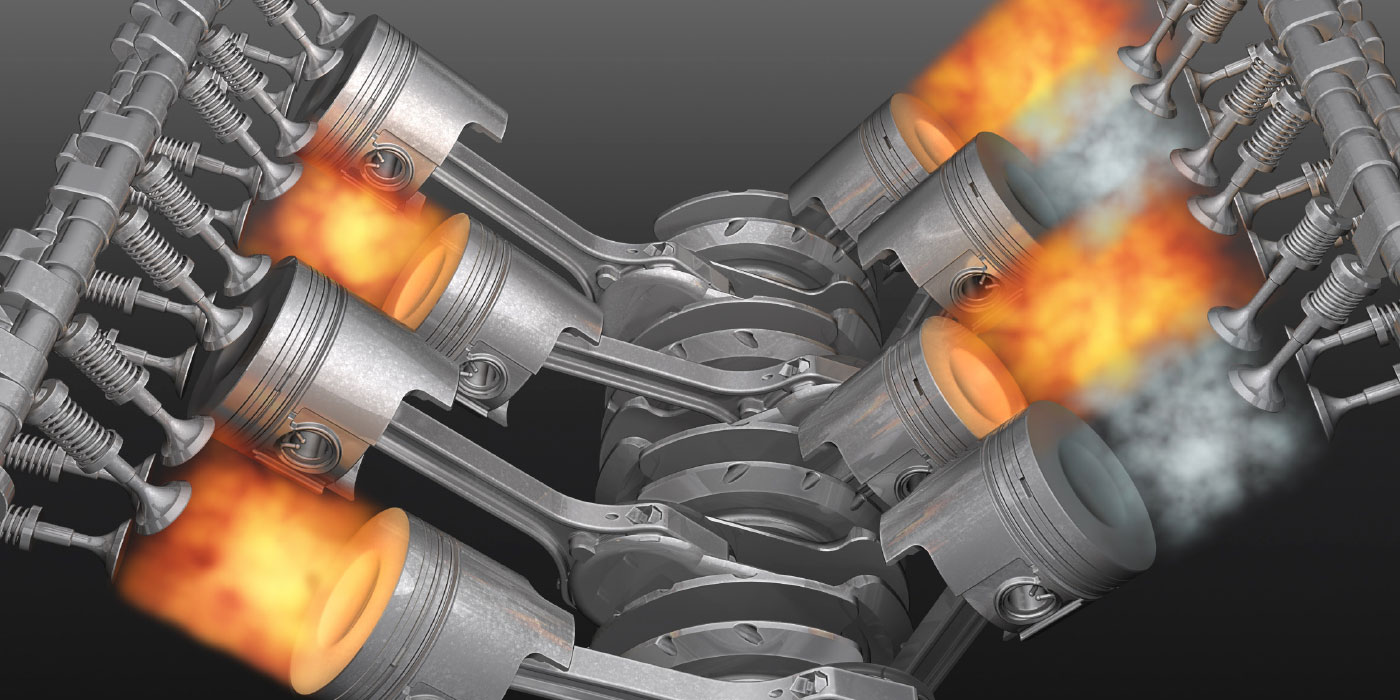Misunderstandings about misfires: is the ECU really faulty?
Igniting petrol seems like a simple principle, but it can cause a lot of confusion. Where exactly is the problem if the petrol is not ignited properly? Of course, this confusion is due to increasingly complex electronics. But is it really that difficult to find the problem?

Car manufacturers nowadays come up with all sorts of things to make modern petrol engines as environmentally friendly as possible, resulting in an overwhelming amount of parts and electronics mounted to the engine. But somewhere between all those systems is still a metal component with cylinders in which air and petrol are detonated by a spark. And perhaps that is also the best tip we can give you: look through it and start with the basics. We understand very well that looking for fault codes is the first thing done as soon as the engine light comes on, but never forget to think systematically. Does the error code point to the ignition? Then start the old-fashioned way by looking at the spark plugs and work your way slowly towards the ECU. If necessary, remove all spark plugs and let them hang from the ignition coils during starting, so that you can see for yourself that the spark plugs are functioning. Be very careful during the rest of this process: a plug with some tarnish can already cause the necessary problems.
Many technicians will probably think, “Why is ACtronics explaining this? This is basic knowledge, right? " That's right, but it will surprise you how often we are offered ECUs with the complaint “misfire” and the associated error codes (P0301 to P0312, P0314, P0316). And that's exactly why we decided to share this information anyway. A misfire just means that the fuel failed to ignite. And although ignition problems actually occur with certain ECUs, this error code does not automatically mean that the ECU is defective! In fact, if no ignition signal is measured on the outgoing pins of the ECU, this still does not automatically mean that the ECU is defective. An ECU depends on information and without the correct signals on the input pins, the ECU will never generate an output signal. But how do you best tackle these kinds of problems? A short step-by-step plan to help you on your way:
1. Check all plugs, wiring, and ignition system components. (Measure this too!)
2. Verify that the ignition output signal is present at the ECU.
3a. If so, recheck all plugs, wiring, and ignition system components.
3b. If not, check all input signals from the ECU.
4. Are all input signals present and still no ignition output signal? Then check the power supply and the ground of the ECU.
5. Are the power and earth OK? Then the ECU could actually be faulty.
In short: do not assume too quickly that the ECU is defective, because in many cases the cause can be found elsewhere under the hood.

 da
da de
de es
es fr
fr it
it nb
nb nl
nl pt
pt sv
sv fi
fi